Experiencing technical difficulties with your Quantum Resonance Magnetic Analyzer can be frustrating, especially when you’re trying to conduct important health assessments. As global specialists in quantum analysis technology, we understand the critical nature of maintaining properly functioning software for accurate health evaluations. This comprehensive troubleshooting guide addresses the most common software issues users encounter, providing step-by-step solutions to get your analyzer back to optimal performance quickly.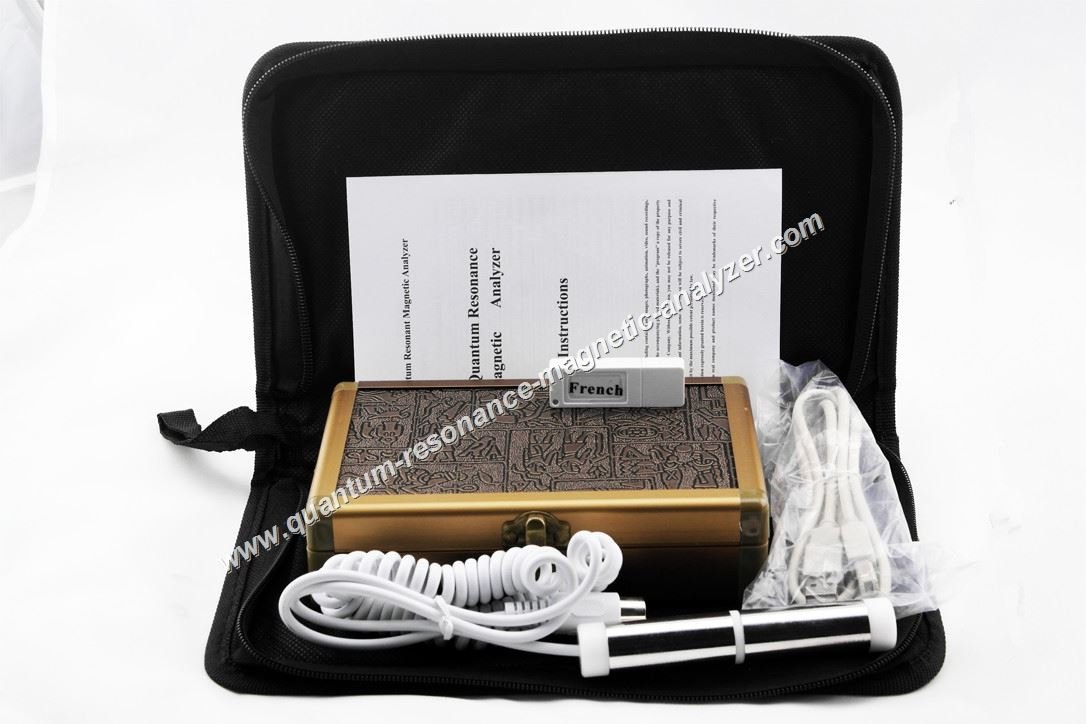
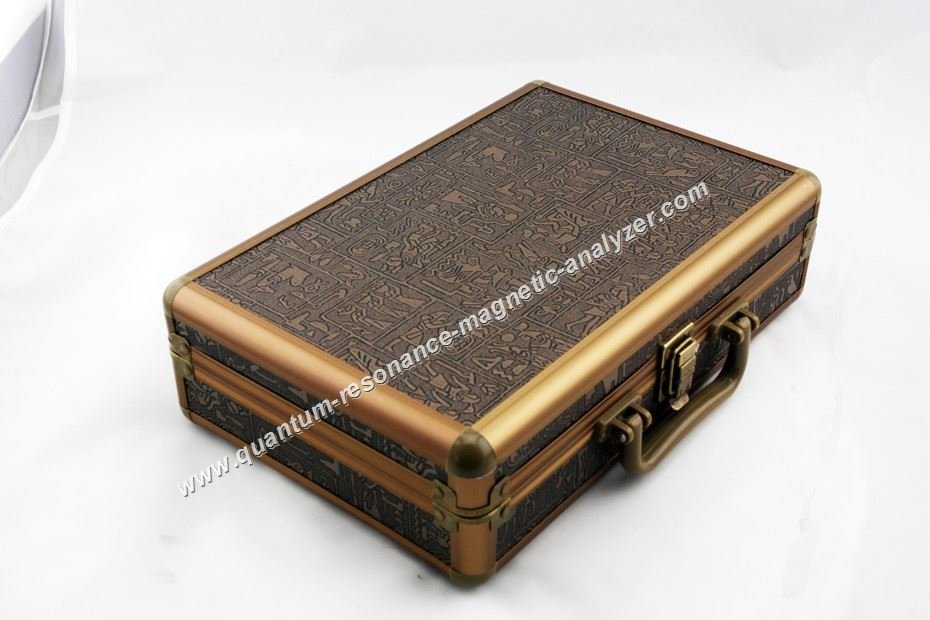
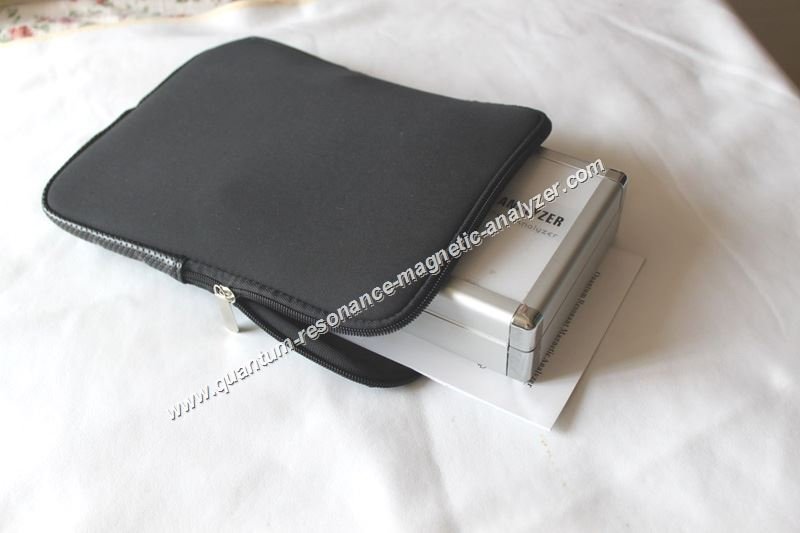
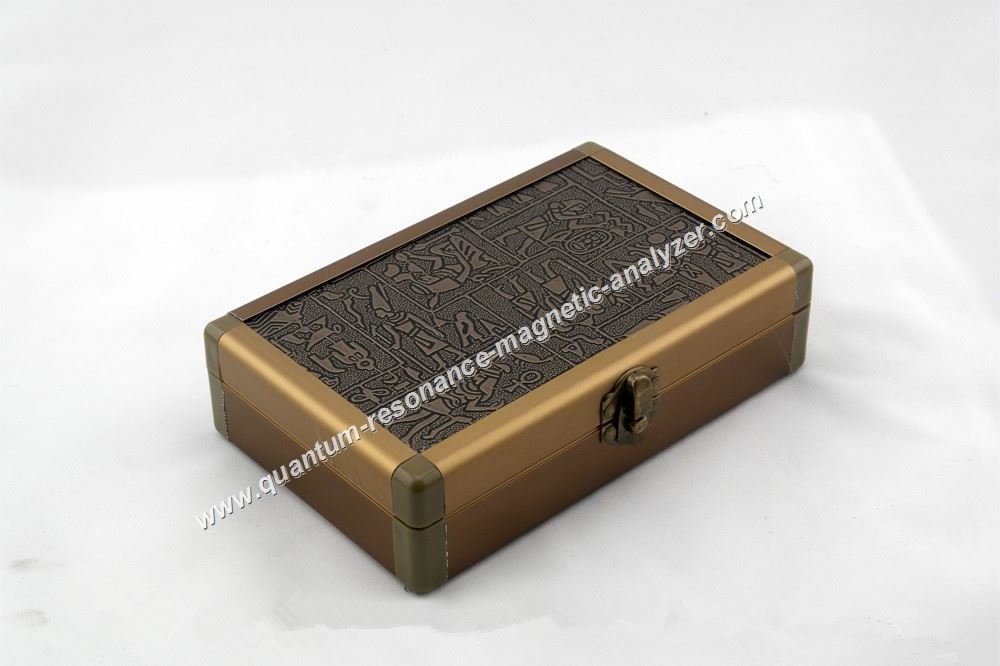
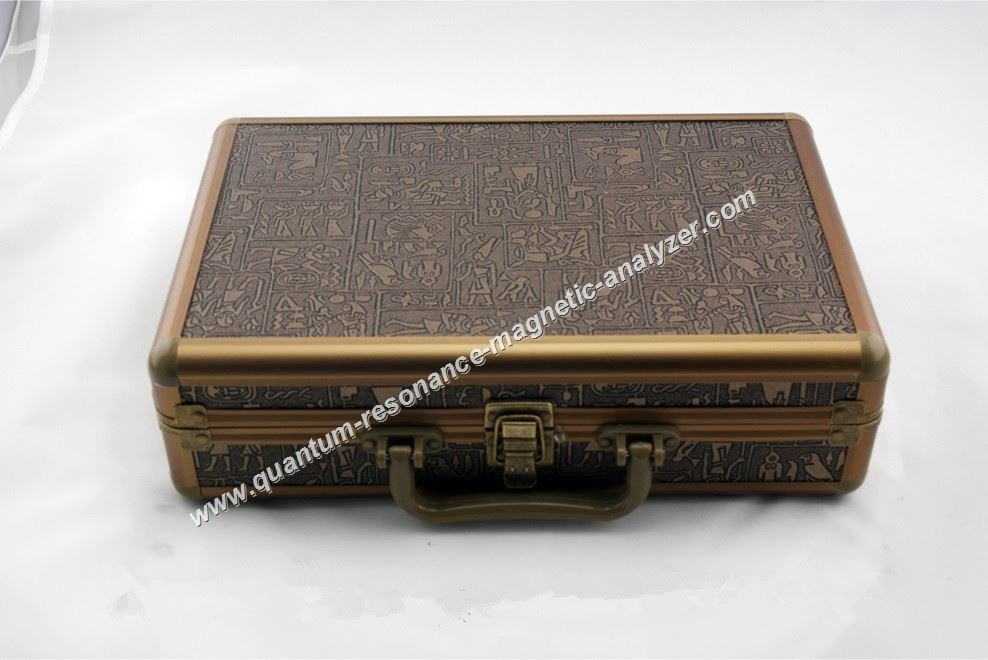
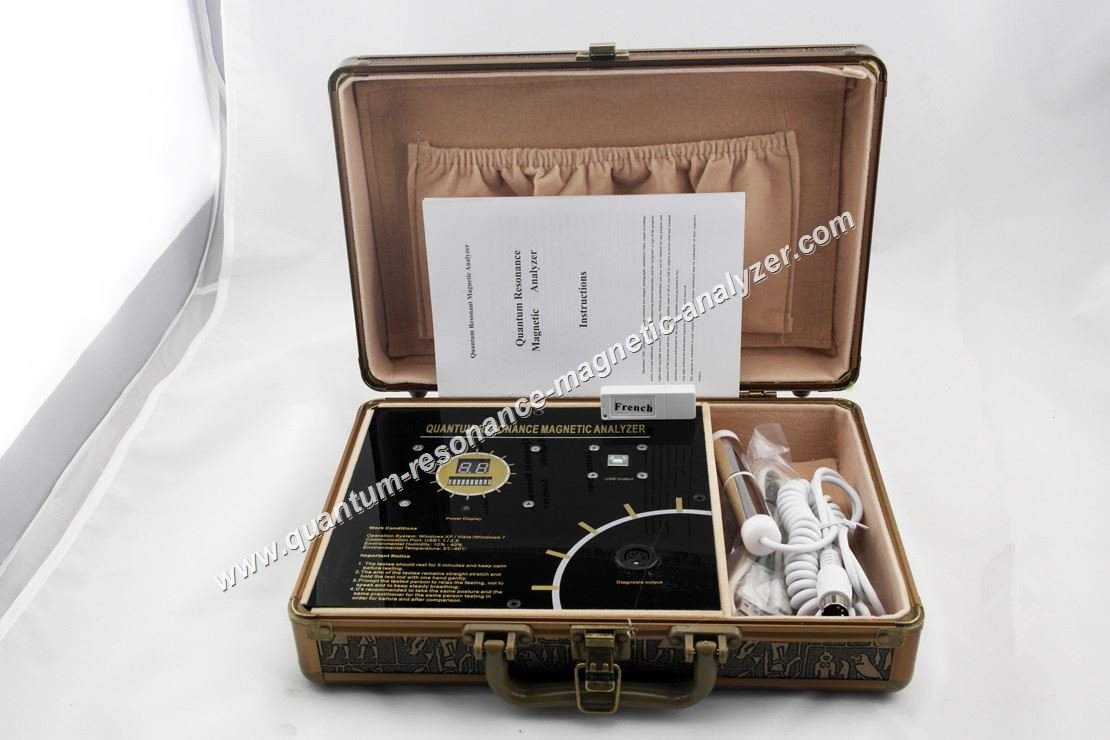
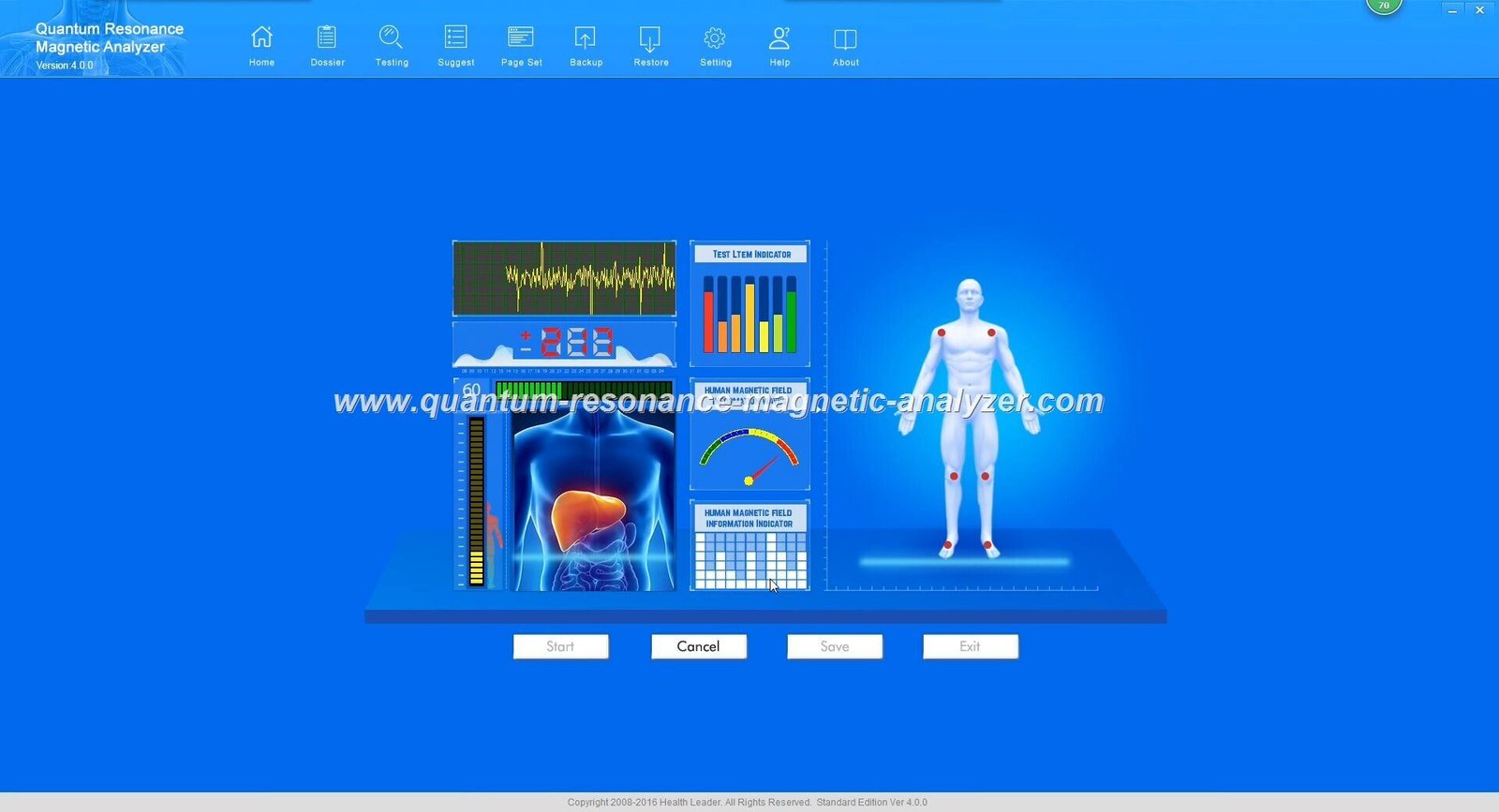
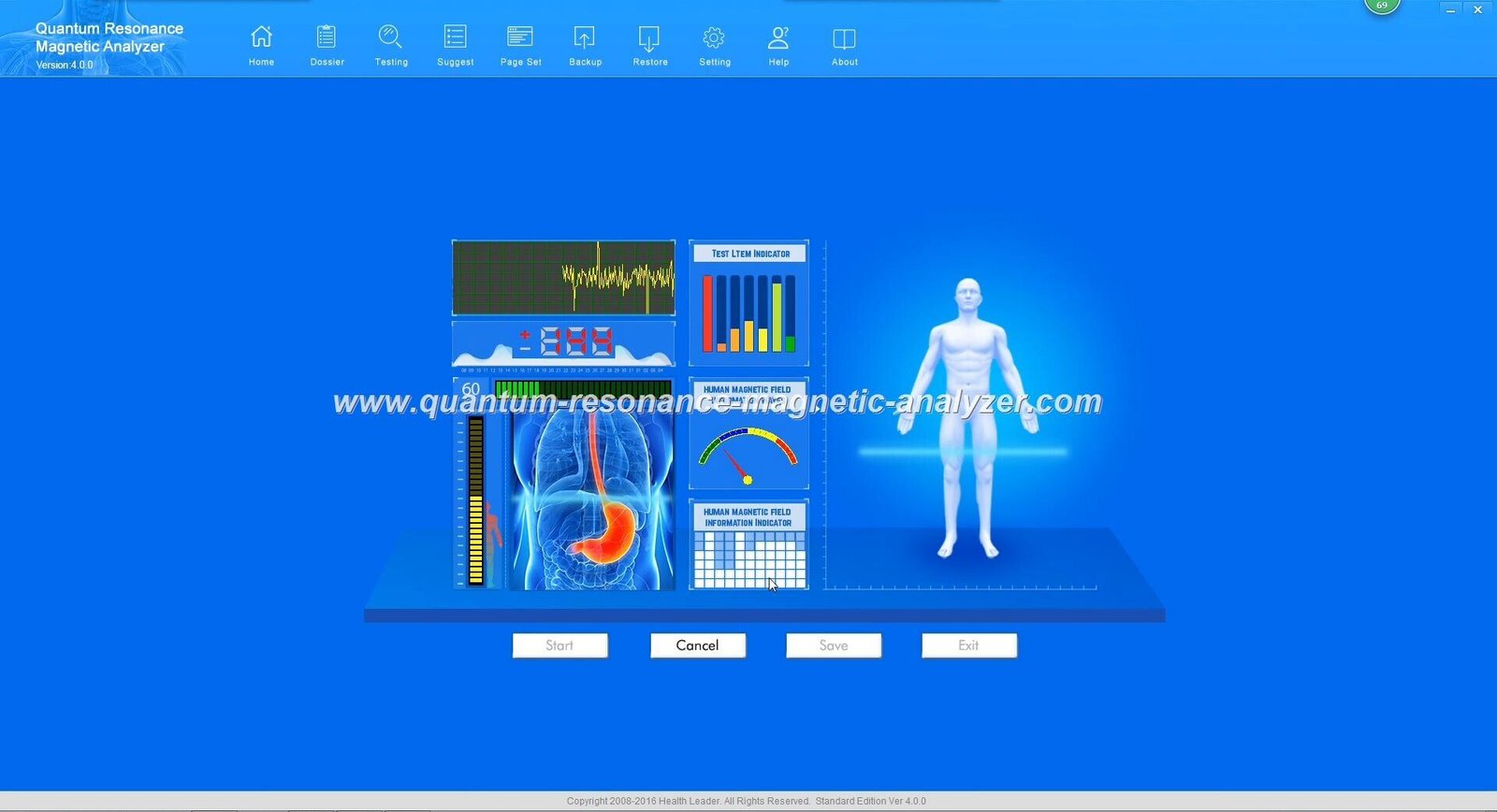
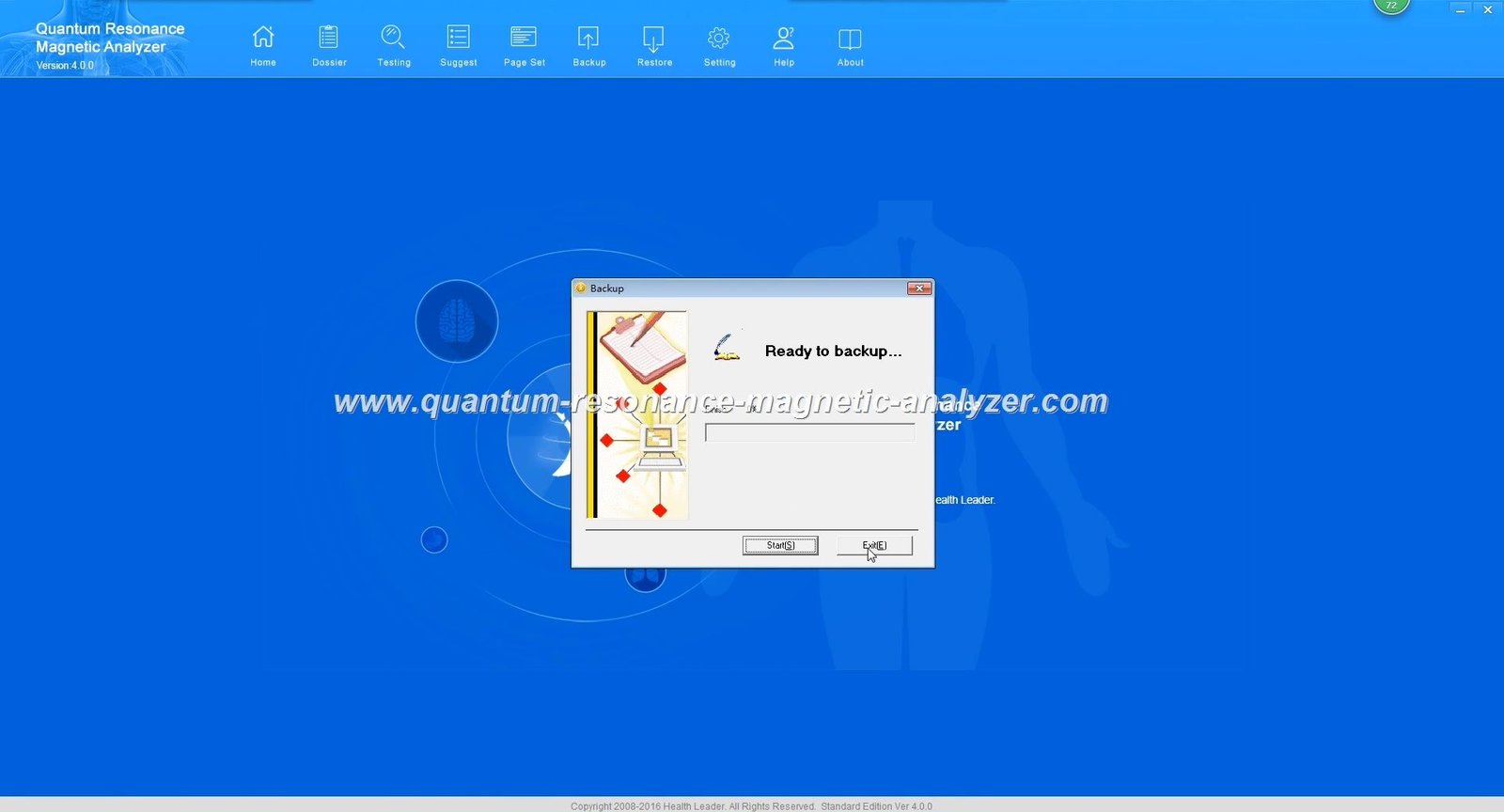
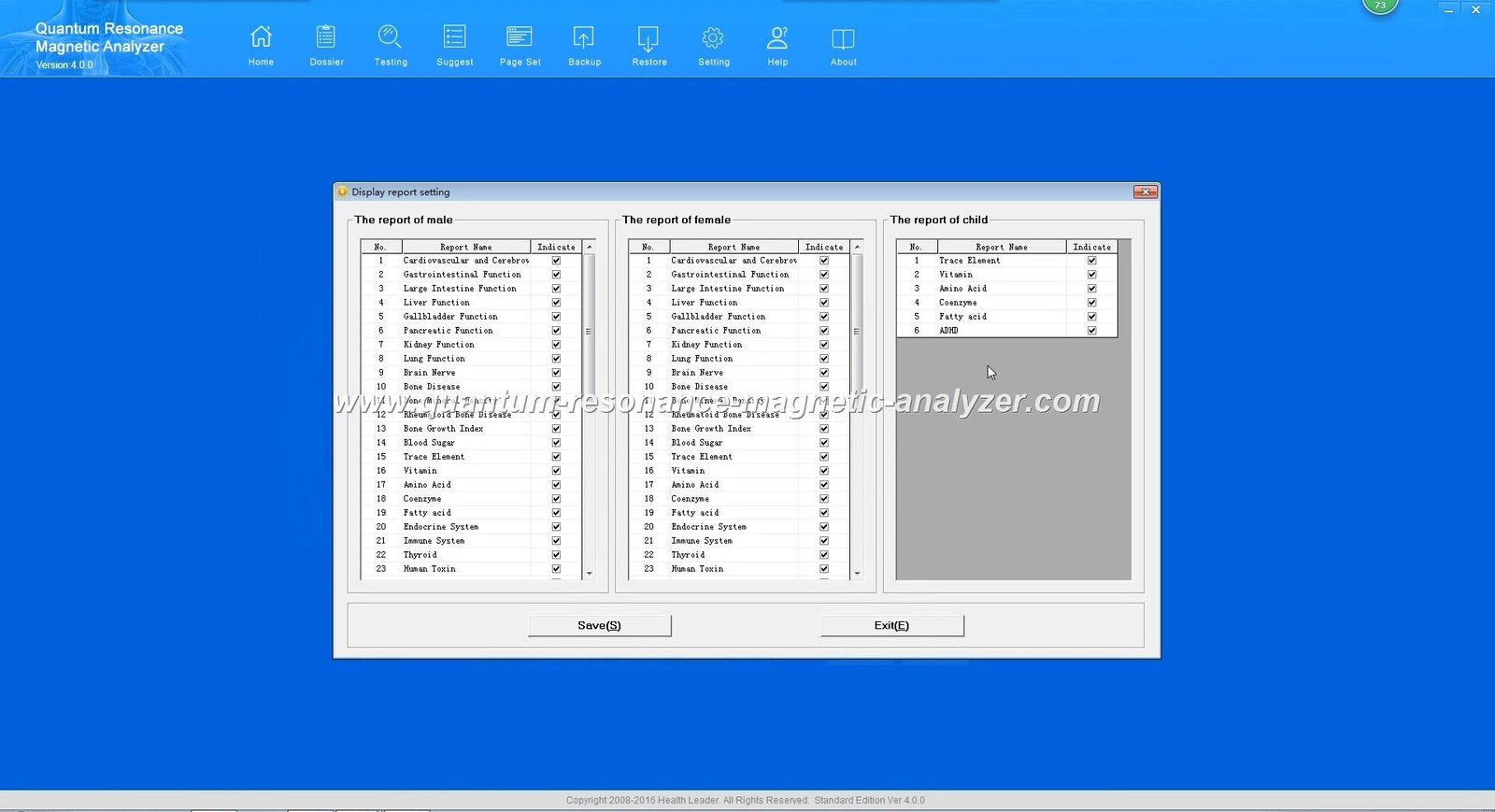
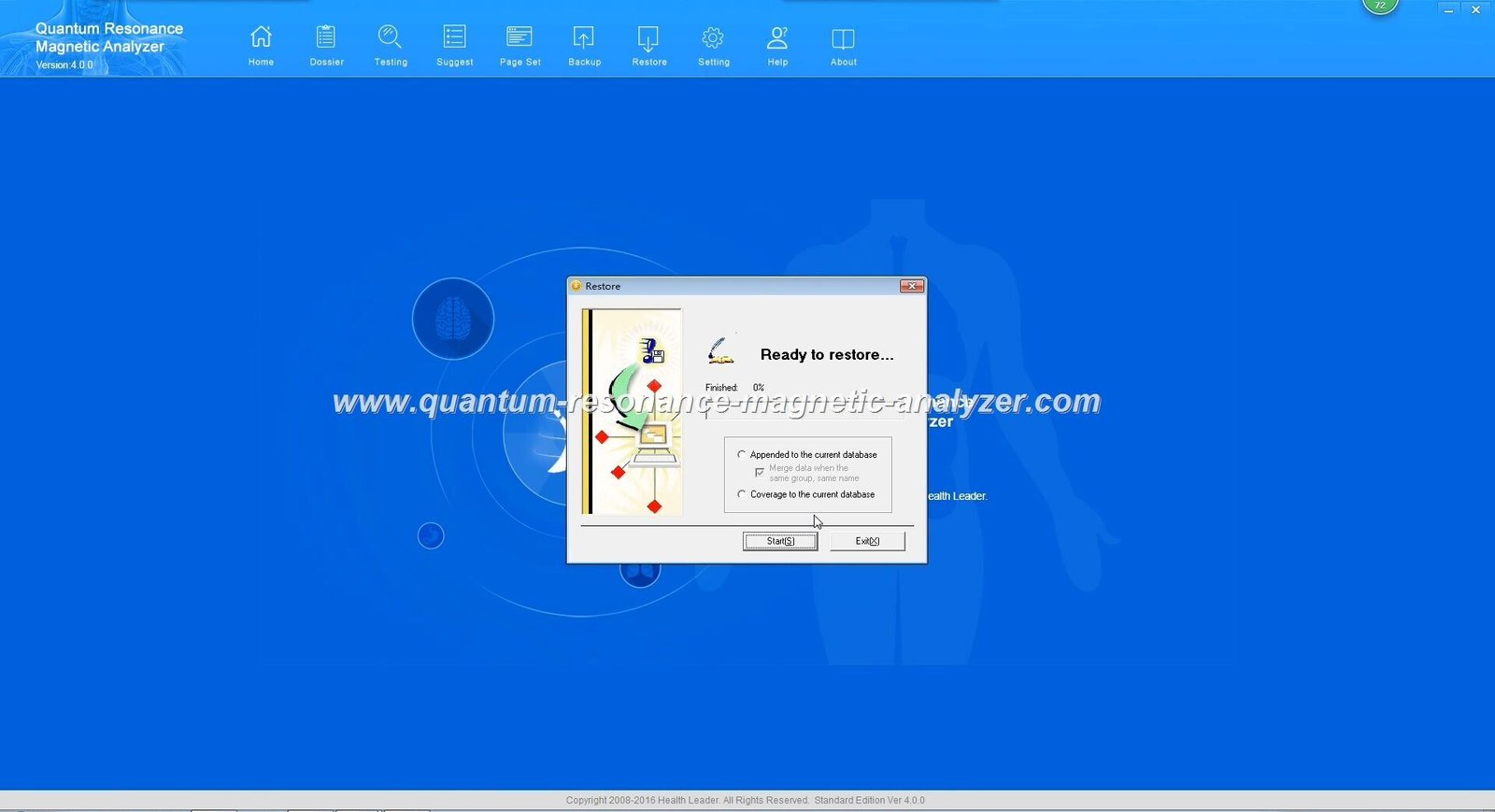
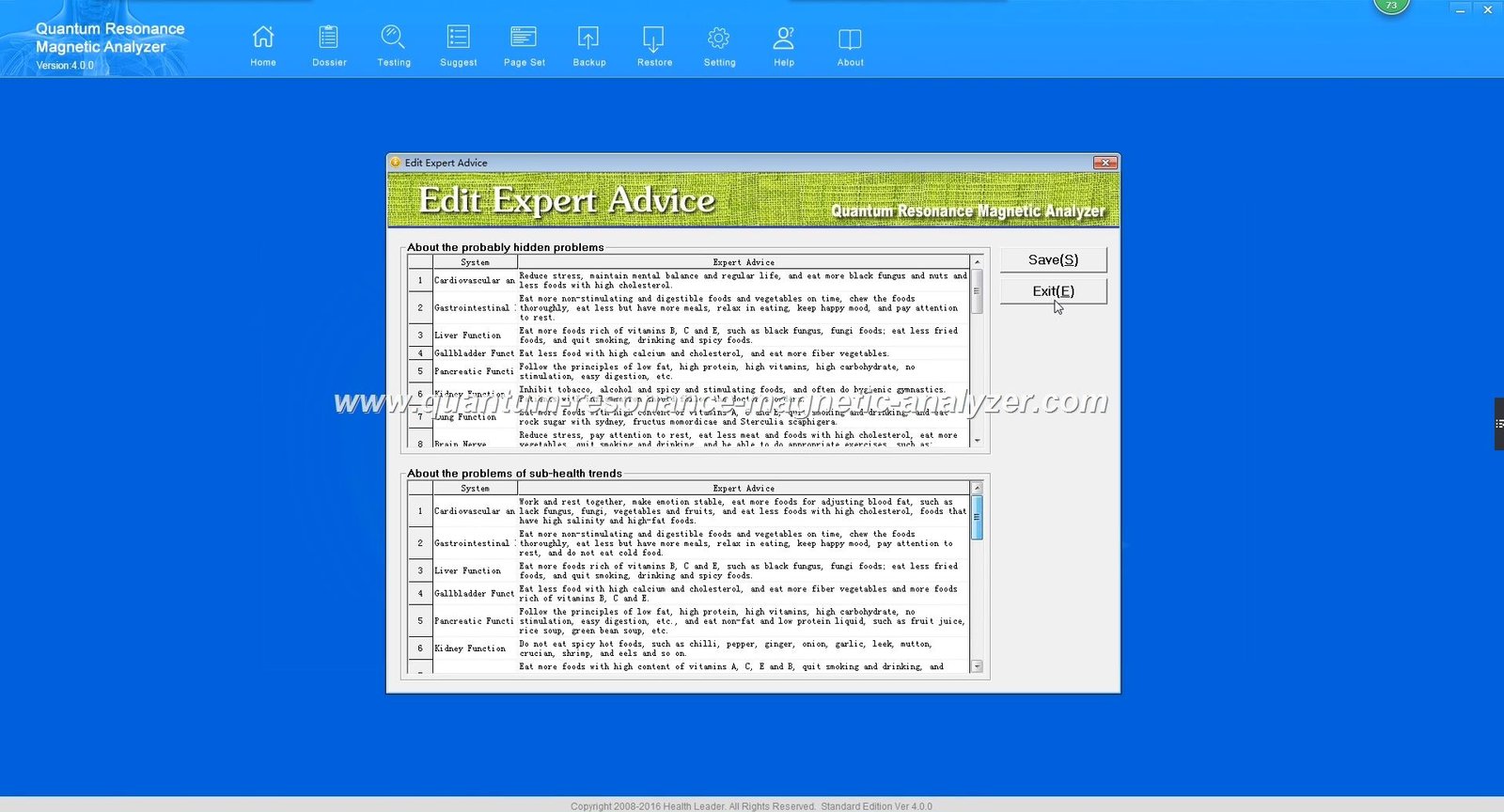
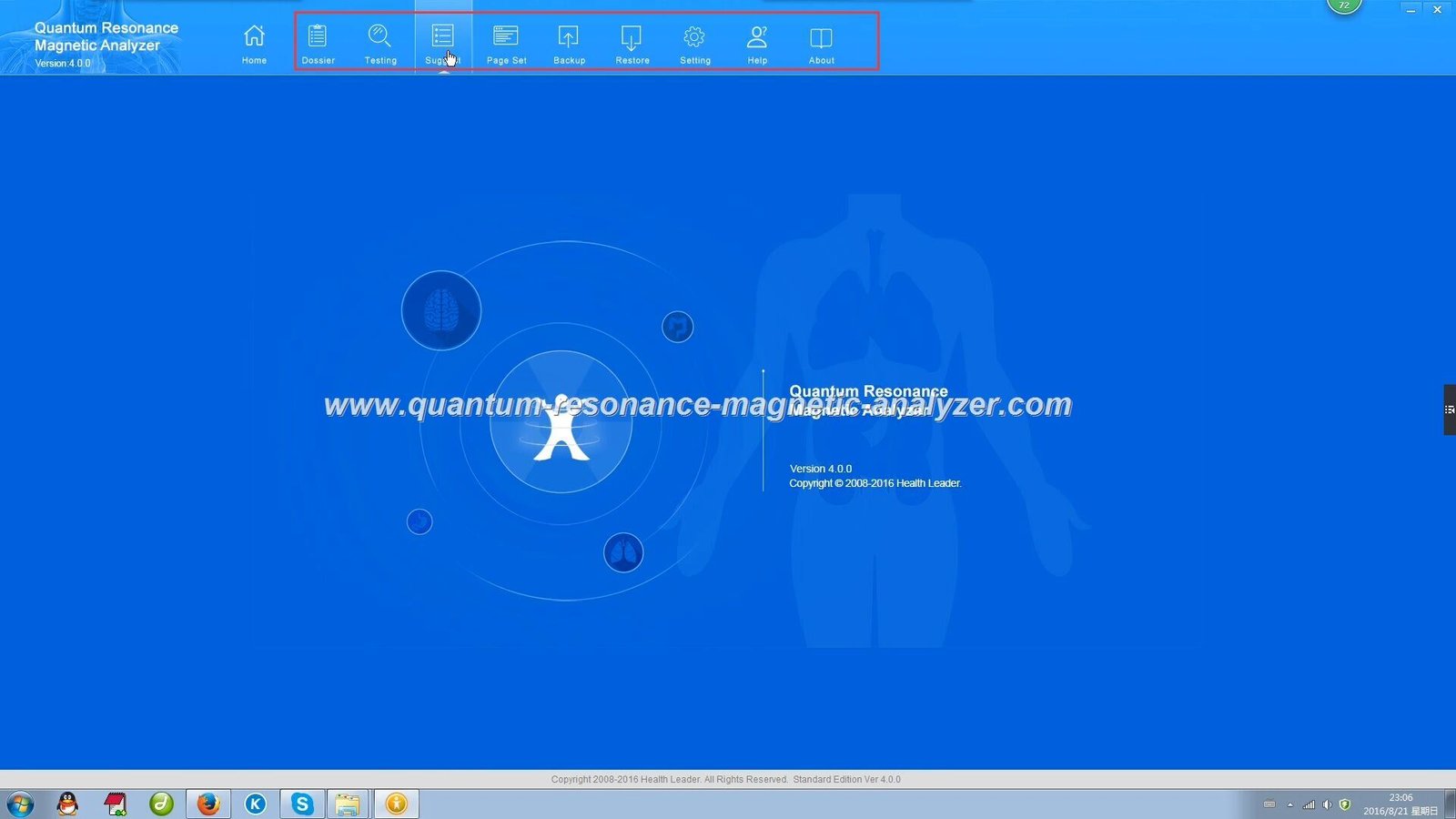
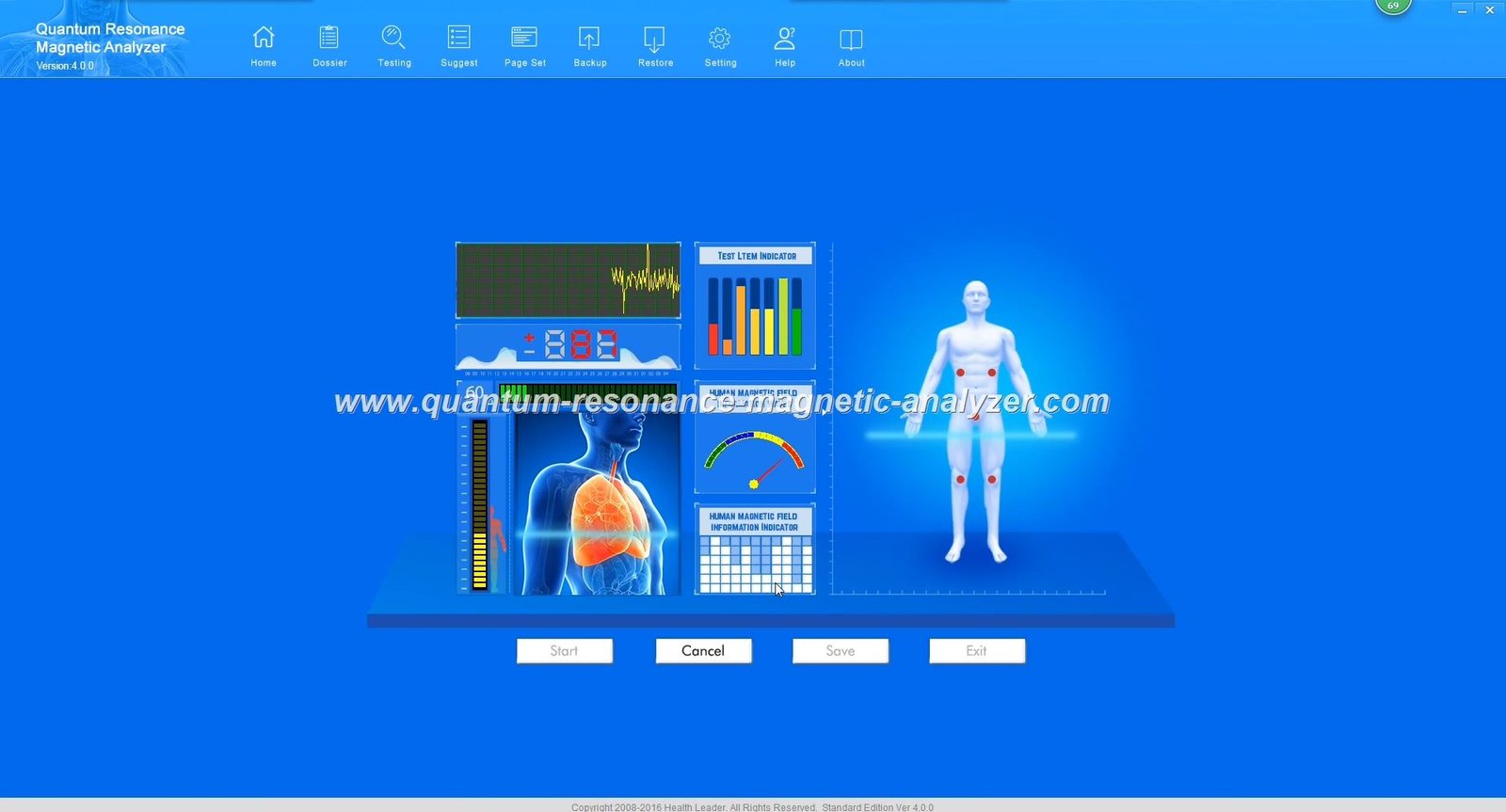
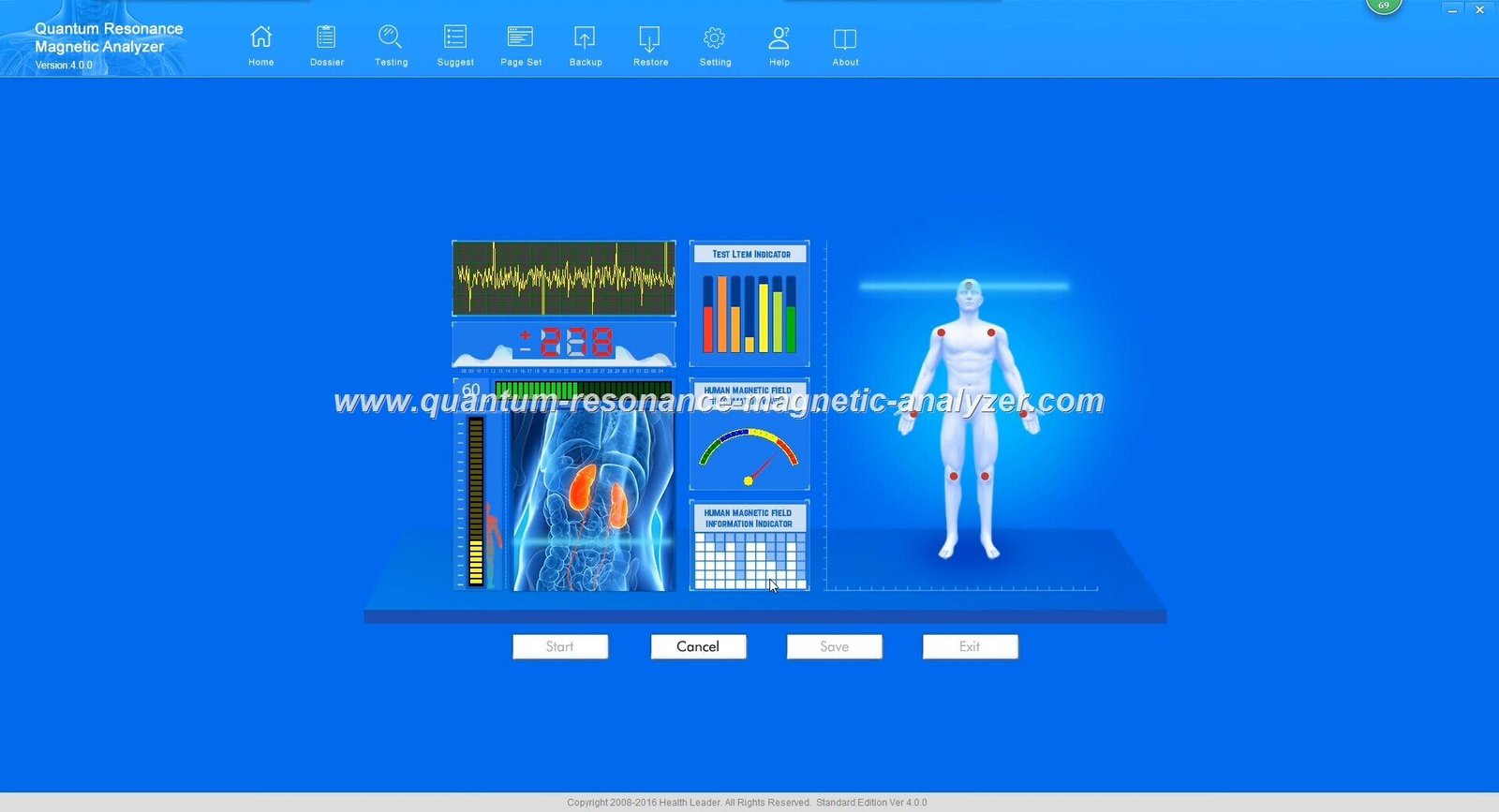
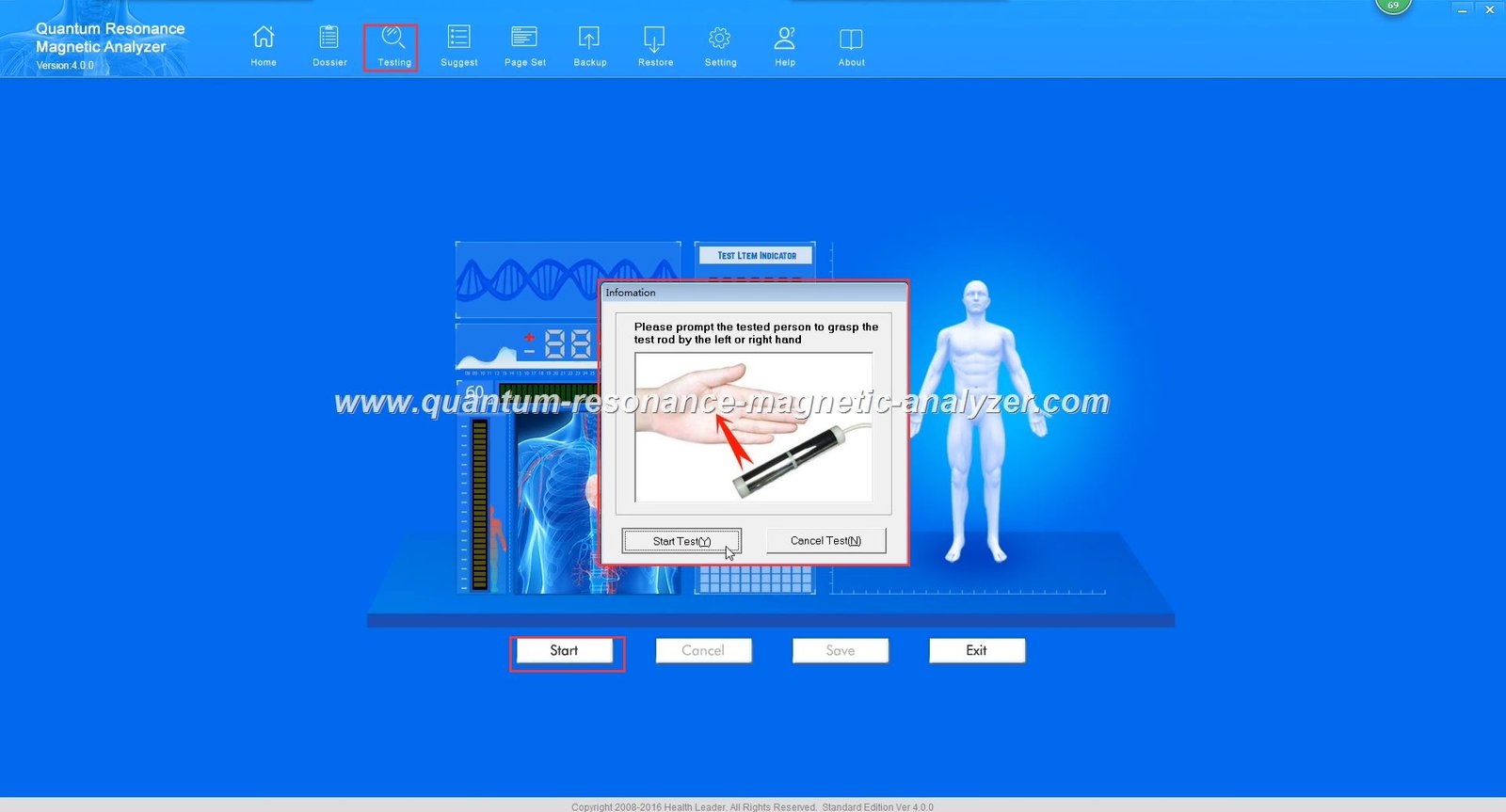
The Quantum Resonance Magnetic Analyzer is a sophisticated health assessment tool that relies on complex software to function properly. Before diving into specific troubleshooting steps, it’s helpful to understand the most common categories of software issues users encounter:
Installation Problems
Issues related to software installation, including compatibility errors, missing components, and encryption key recognition failures.
Connection Failures
Problems with the analyzer hardware connecting to the computer, USB detection issues, and driver malfunctions.
Operational Errors
Software crashes during testing, report generation failures, and calibration inaccuracies affecting test results.
Installation and Setup Troubleshooting
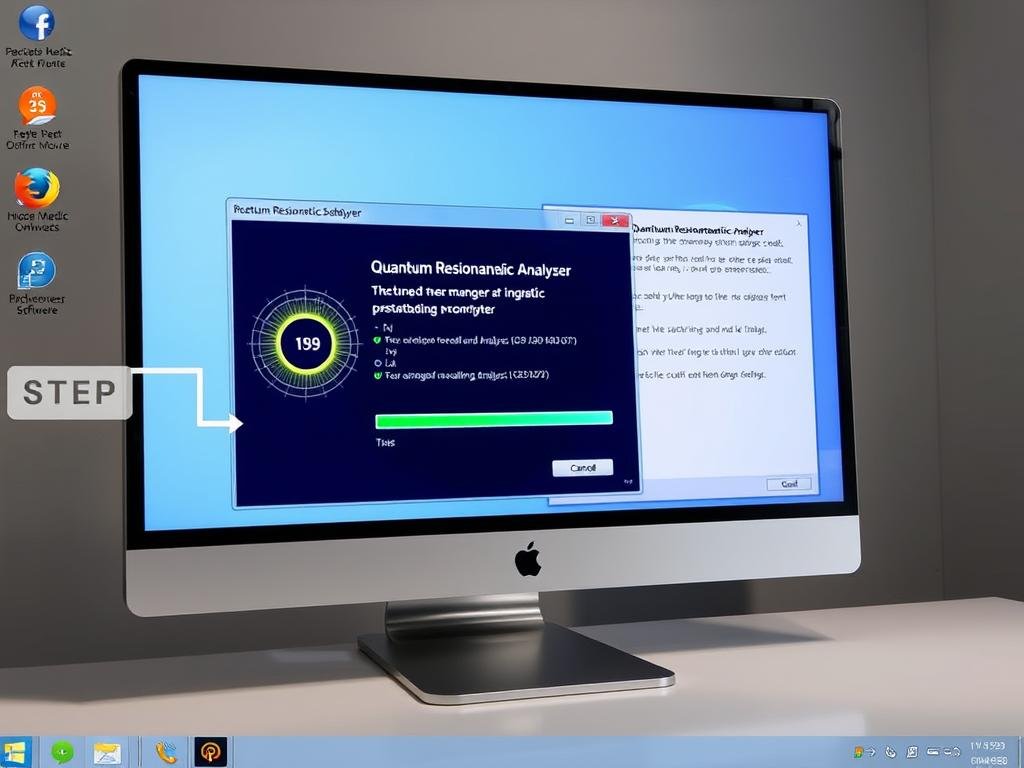
Software installation wizard for the Quantum Resonance Magnetic Analyzer
Software Won’t Install Properly
“I’ve tried installing the software multiple times, but it keeps failing halfway through the process. What should I do?”
– Common user inquiry
- Check system compatibility: Ensure your computer meets the minimum requirements. The software works best with Windows 7, 8, or 10. Some versions may have issues with Windows 11.
- Disable antivirus temporarily: Your antivirus might be blocking installation. Temporarily disable it during installation, then re-enable it afterward.
- Run as administrator: Right-click the installation file and select “Run as administrator” to grant proper permissions.
- Clean installation: Remove any previous installation attempts before trying again. Check for and delete any leftover files in Program Files.
- Use compatibility mode: Right-click the installer, select Properties, then Compatibility, and try running in compatibility mode for Windows 7 or 8.
Still Having Installation Issues?
Our technical team can provide you with an alternative installation package or guide you through the process remotely.
Get Installation Support
Encryption Key Not Recognized
The Quantum Resonance Magnetic Analyzer uses a USB encryption key (often blue) that must be properly connected for the software to function. If your software isn’t recognizing the key:
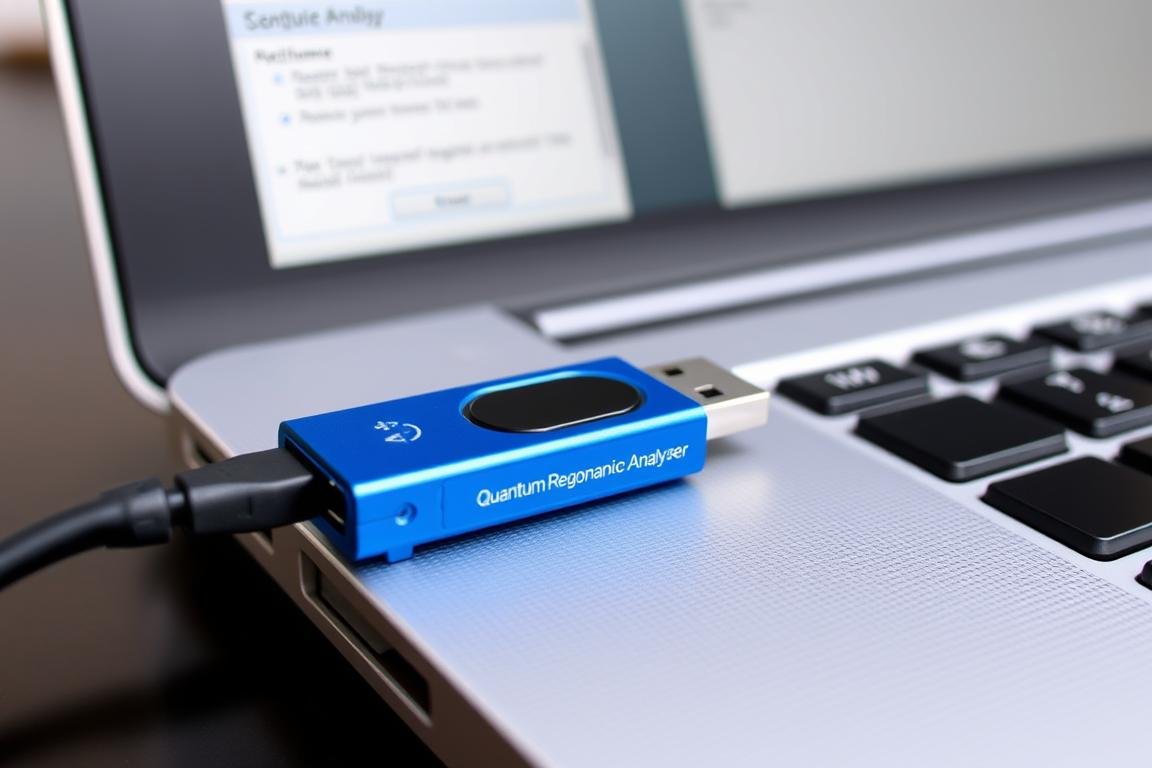
USB encryption key required for software activation
- Try a different USB port, preferably directly on the computer (not through a hub)
- Check for physical damage to the USB key or port
- Ensure you’ve installed the software before connecting the encryption key
- Verify the USB drivers are properly installed on your computer
- Restart your computer with the key inserted
Important: The encryption key is unique to your device. If it’s damaged or lost, you’ll need a replacement from the manufacturer. Contact us for assistance with replacement keys.
Hardware Connection Troubleshooting
Quantum Resonance Magnetic Analyzer Not Detected by Computer
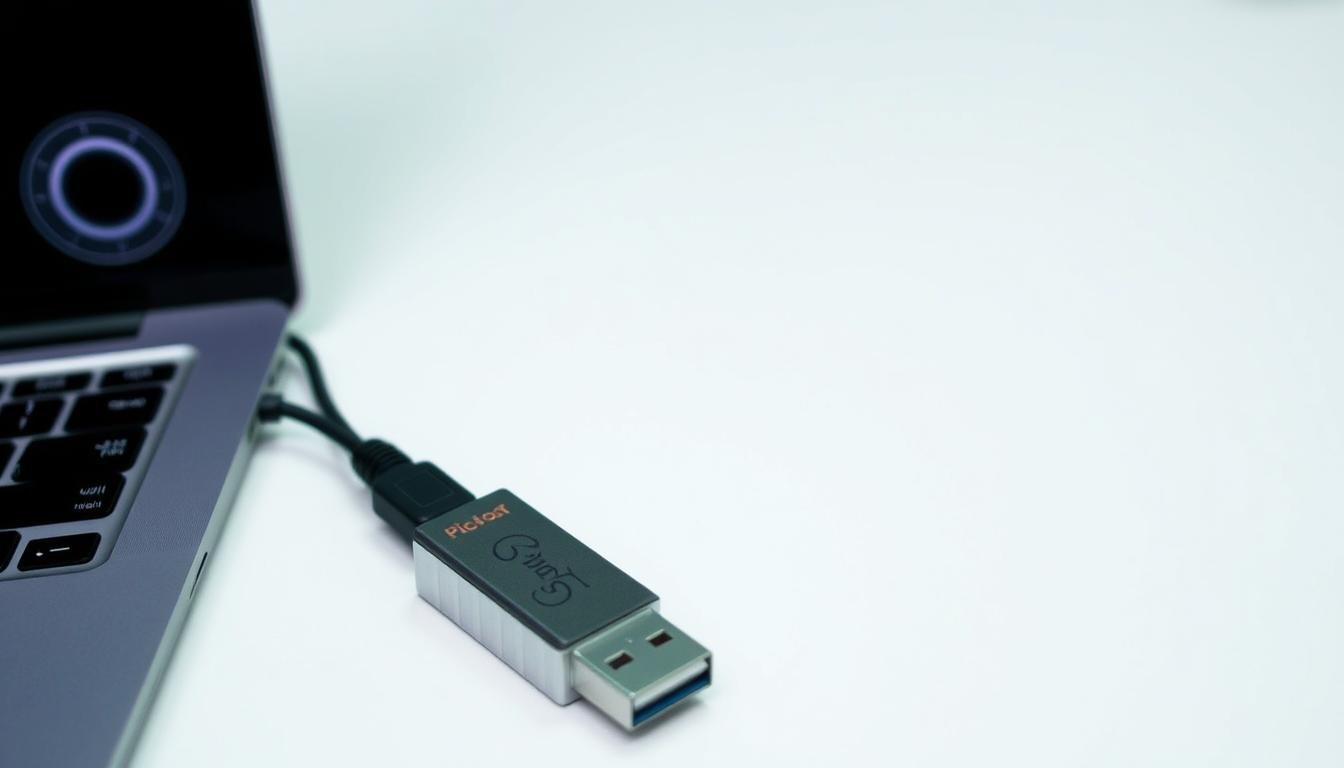
Checking device connection in Windows Device Manager
One of the most common issues is when your computer fails to detect the analyzer hardware. This prevents the software from communicating with the device, making testing impossible.
Check Physical Connections
- Ensure both the blue encryption key and the device USB are properly connected
- Try different USB ports on your computer
- Inspect cables for damage or loose connections
- Verify the analyzer unit is powered on (if applicable)
Software and Driver Solutions
- Open Device Manager to check if the device appears (possibly with a warning icon)
- Update or reinstall USB drivers
- Try the analyzer on a different computer to isolate the issue
- Restart the software after connecting the device
Never disconnect the analyzer during a test. Always close the software before disconnecting any hardware to prevent data corruption and device damage.
USB Connection Errors
| Error Message |
Possible Cause |
Solution |
| “USB Device Not Recognized” |
Driver issue or hardware problem |
Update USB drivers or try different USB port |
| “Please Insert Encryption Lock” |
Blue USB key not detected |
Reconnect encryption key, check for damage |
| “Device Busy or In Use” |
Another application using the device |
Close other programs or restart computer |
| “Connection Timeout” |
Communication delay with device |
Check cable connections, restart software |
Need Help With Connection Issues?
Our technical specialists can diagnose your specific connection problems and provide tailored solutions.
Email Our Support Team
Software Operation and Testing Issues
Software Crashes During Testing
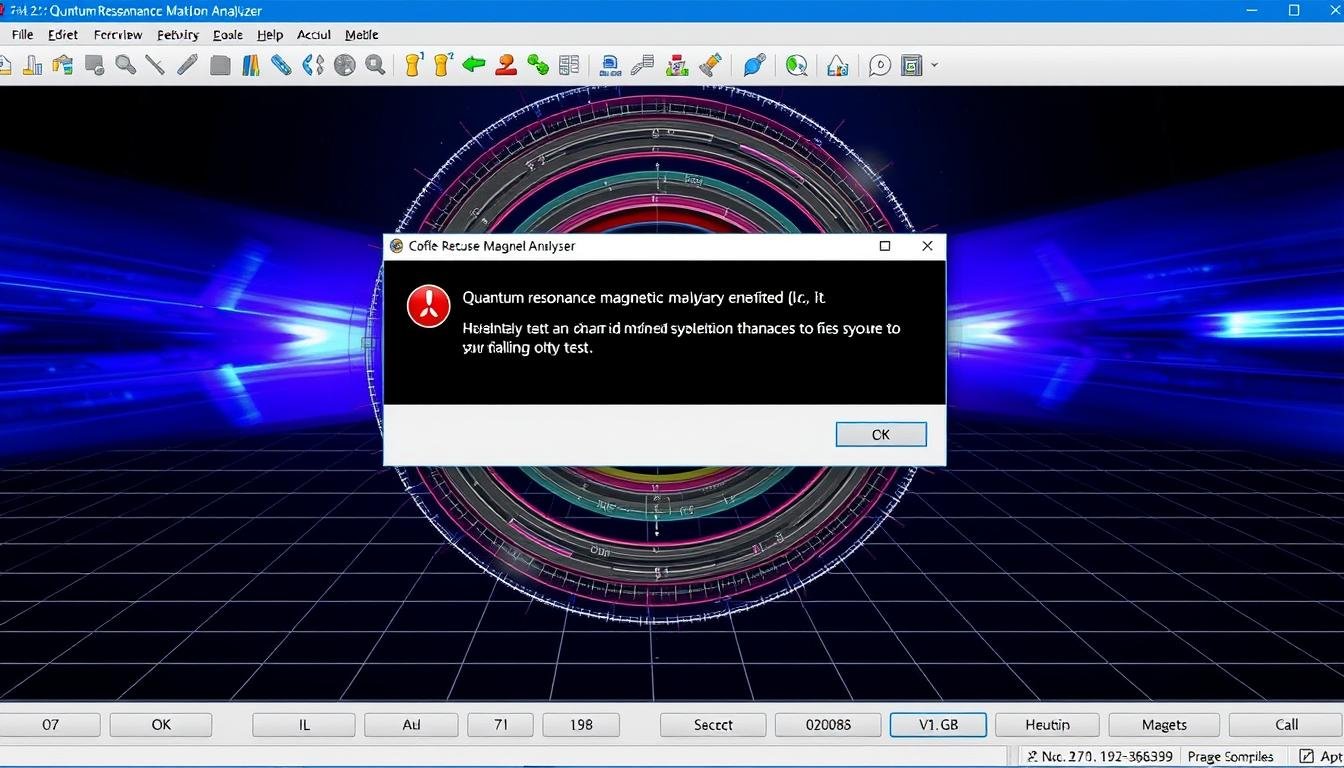
Typical crash error message during testing procedure
If the Quantum Resonance Magnetic Analyzer software crashes during testing, it can result in lost data and incomplete health assessments. Here are the most common causes and solutions:
Preventive Measures
- Close other resource-intensive applications before testing
- Ensure your computer meets recommended specifications (not just minimum)
- Keep the software updated to the latest version
- Maintain at least 20% free disk space on your system drive
- Use a stable power source and avoid testing on low battery
Common Crash Triggers
- Insufficient RAM or system resources
- Corrupted test database or patient records
- Interference from antivirus or firewall software
- Hardware disconnection during testing
- Software conflicts with other medical applications
Report Generation Failures
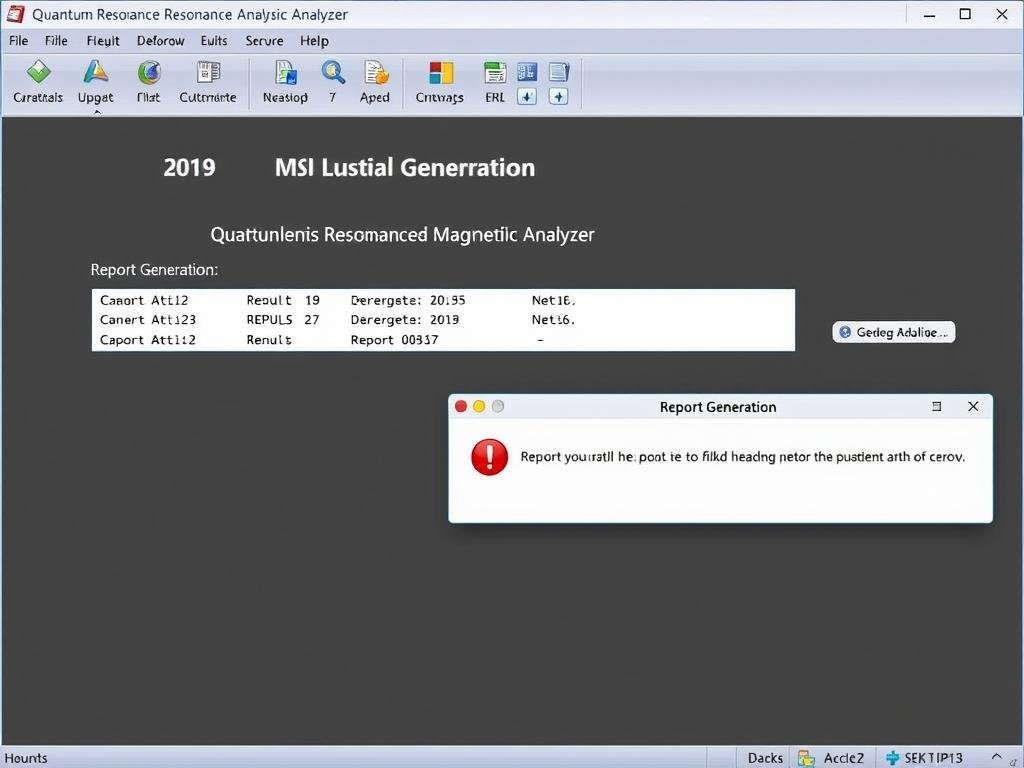
Report generation interface with error indication
After completing a test, you may encounter issues generating or saving reports. These problems typically manifest as error messages, blank reports, or incomplete data.
- Check permissions: Ensure the software has permission to write files to the destination folder.
- Verify disk space: Insufficient disk space can prevent report generation and saving.
- Update printer drivers: If printing reports directly, outdated printer drivers can cause issues.
- Repair database: Use the software’s database repair tool if available, or contact technical support.
- Export raw data: If reports won’t generate, try exporting the raw test data to preserve results.
Tip: Always back up your test data regularly. Most Quantum Resonance Magnetic Analyzer software allows you to export and import test data, which can be crucial if you need to reinstall the software or move to a new computer.
Calibration and Accuracy Troubleshooting
Inaccurate or Inconsistent Test Results
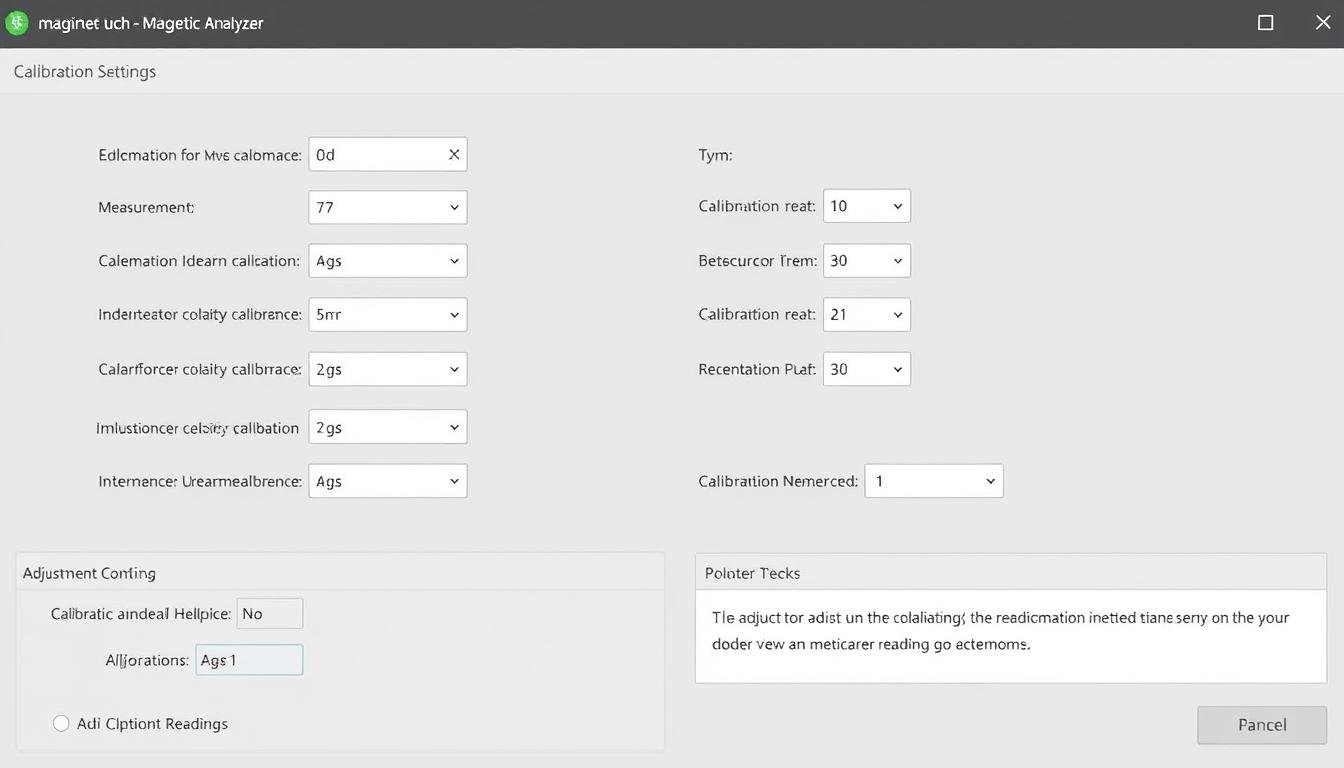
Calibration interface for the Quantum Resonance Magnetic Analyzer
If you notice inconsistent or questionable results from your analyzer, calibration issues may be the cause. The Quantum Resonance Magnetic Analyzer requires proper calibration to maintain its advertised accuracy rate of approximately 85-90%.
Calibration Steps
- Access the calibration module in your software (usually in Settings or System menu)
- Follow the on-screen instructions for the calibration procedure
- Use the calibration tool or reference sample if provided with your device
- Complete the full calibration cycle without interruptions
- Restart the software after calibration is complete
Testing Environment Factors
- Maintain room temperature between 20-25°C (68-77°F)
- Avoid strong electromagnetic interference nearby
- Ensure the patient/subject is relaxed and properly positioned
- Clean the contact sensors before each test
- Allow the device to warm up for 5-10 minutes before testing
Need Help With Calibration?
Our technical team can guide you through the proper calibration procedure for your specific Quantum Resonance Magnetic Analyzer model.
Get Calibration Support via WhatsApp
Language and Localization Issues
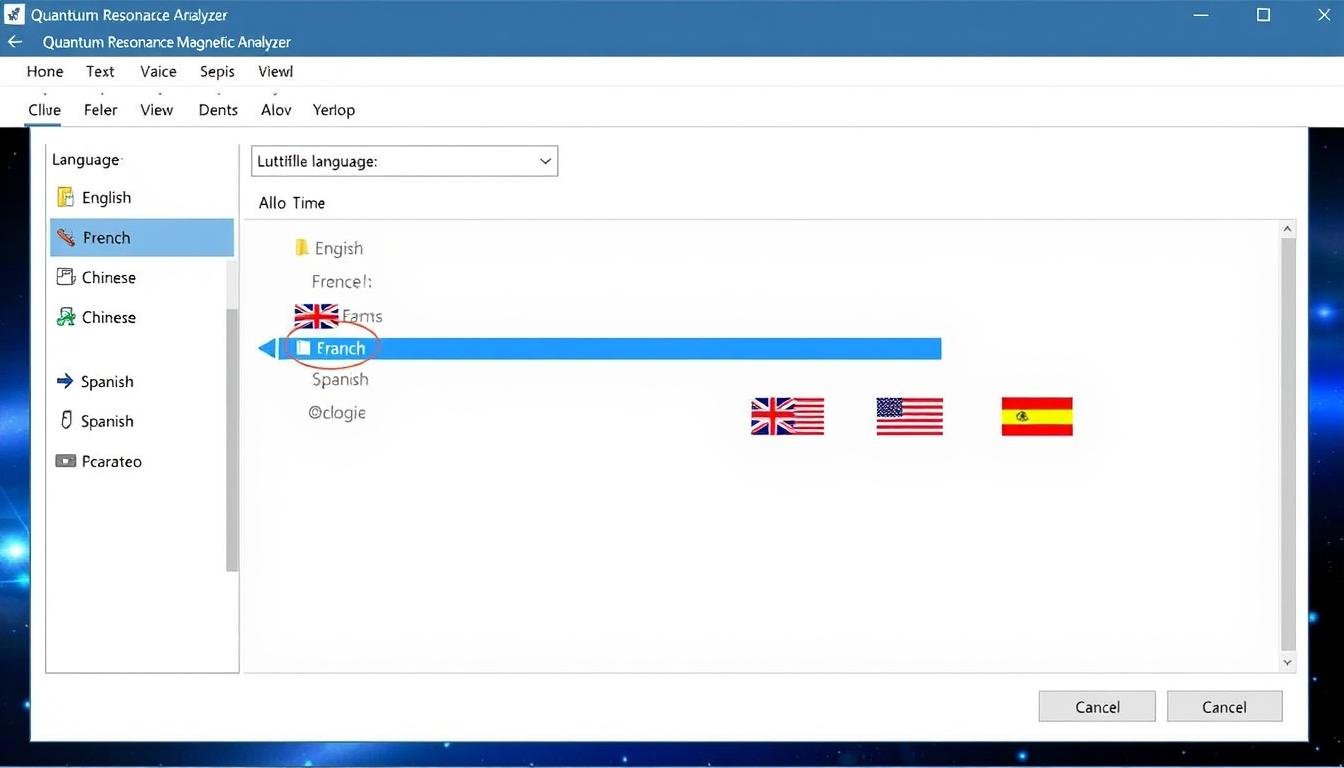
Language selection menu in the software interface
The Quantum Resonance Magnetic Analyzer software supports multiple languages, including English, French, Dutch, Chinese, Japanese, Portuguese, German, Korean, Malaysian, Indonesian, Italian, Hungarian, Russian, Serbian, Slovak, Czech, Romanian, Vietnamese, Thai, Spanish, Polish, and Dutch. However, users sometimes encounter issues with language settings or translation quality.
Changing or Fixing Language Settings
- Access language settings: Look for a language or settings icon, typically in the top menu or system settings section.
- Complete restart required: After changing the language, you may need to completely close and restart the software for changes to take effect.
- Missing language files: If your preferred language isn’t available, you may need to install additional language packs.
- Default language reset: Some software versions revert to the default language (often Chinese) after updates or certain operations.
- Translation issues: Some technical terms may have imperfect translations; refer to the manual in your native language if available.
Note: When ordering a new Quantum Resonance Magnetic Analyzer, always specify your preferred language. The software is typically pre-configured with the requested language, making setup easier.
Software Update and Version Compatibility Issues
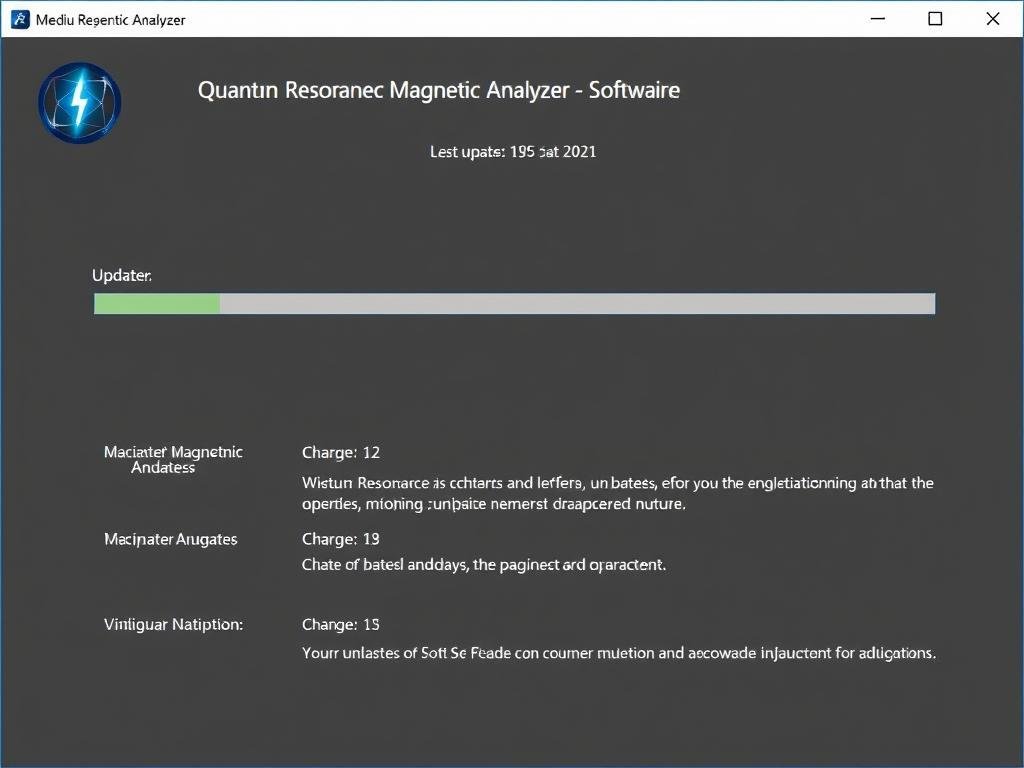
Software update interface showing version information
Problems After Software Updates
Updating your Quantum Resonance Magnetic Analyzer software can introduce new features and fix bugs, but sometimes updates can cause compatibility issues or new problems.
- Database compatibility: Newer versions may use different database structures, potentially causing issues with existing patient data.
- Hardware compatibility: Some updates may require newer hardware or firmware versions to function properly.
- Rollback option: If problems occur after an update, you may need to reinstall the previous version.
- Partial updates: Interrupted updates can leave the software in an unstable state, requiring a clean reinstallation.
- Settings reset: Updates often reset custom settings to defaults, requiring reconfiguration.
Version Compatibility Chart
| Software Version |
Compatible OS |
Minimum Hardware |
Special Notes |
| 8.x and newer |
Windows 7, 8, 10, 11 |
17G+ and newer |
Requires latest USB drivers |
| 7.x |
Windows 7, 8, 10 |
8G+ and newer |
May have issues with Windows 11 |
| 6.x |
Windows XP, 7, 8 |
5G+ and newer |
Not recommended for Windows 10/11 |
| 5.x and older |
Windows XP, Vista, 7 |
All models |
Legacy support only, limited features |
Data Management and Backup Issues
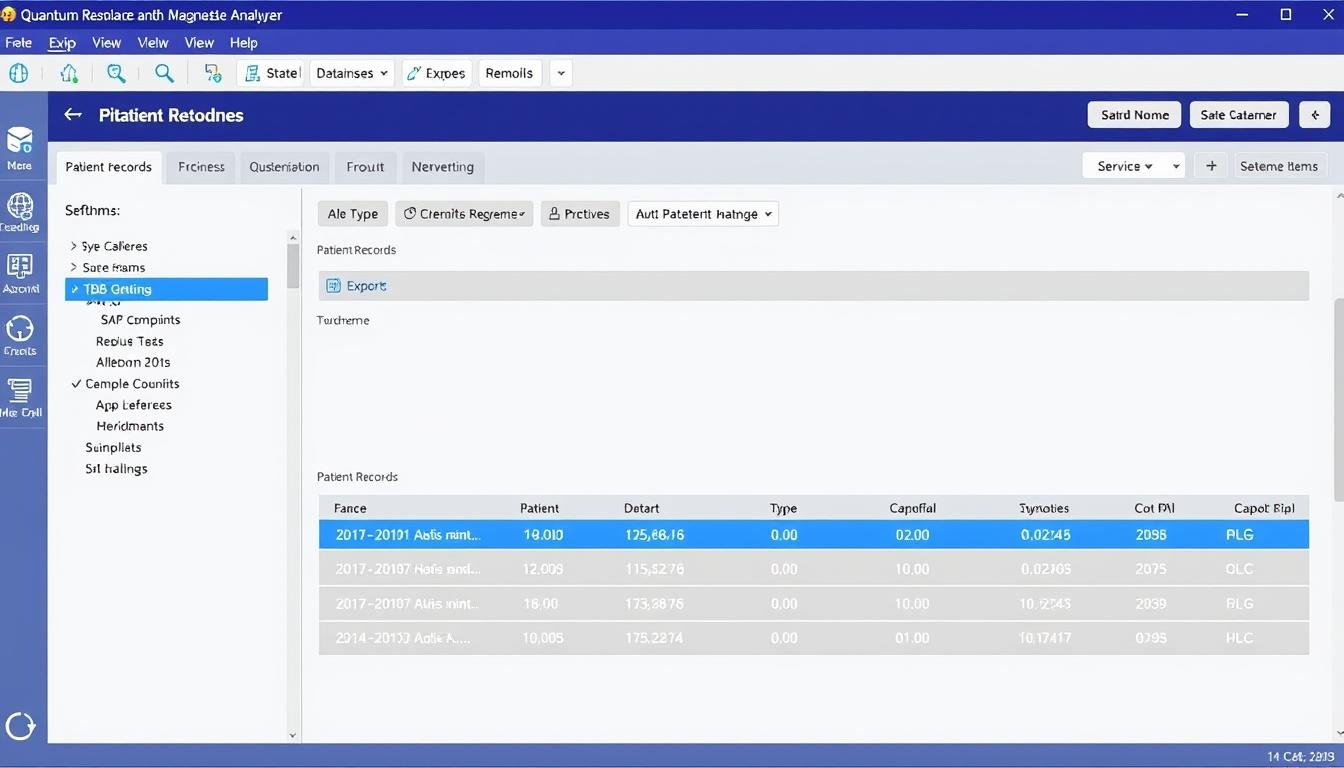
Patient data management interface with backup options
Database Corruption and Recovery
The Quantum Resonance Magnetic Analyzer stores test results and patient information in a database. Corruption of this database can lead to data loss, software crashes, or inability to access previous test results.
- Use the built-in database repair tool if available (usually in the System or Maintenance menu)
- Restore from your most recent database backup (you should create regular backups)
- Check for and repair disk errors on your computer’s storage drive
- Export any accessible data before attempting major repairs
- Contact technical support for advanced database recovery options
Creating Proper Backups
- Regular schedule: Create backups at least weekly, or daily in busy clinical settings.
- Multiple locations: Store backups on separate physical devices or cloud storage.
- Full system backup: Back up the entire software folder, not just the database files.
- Test restoration: Periodically verify that your backups can be successfully restored.
- Version labeling: Clearly label backups with dates and software versions to avoid confusion.
Critical Warning: Never delete, move, or modify database files while the Quantum Resonance Magnetic Analyzer software is running. Always exit the software completely before performing any database maintenance.
Advanced Troubleshooting Techniques
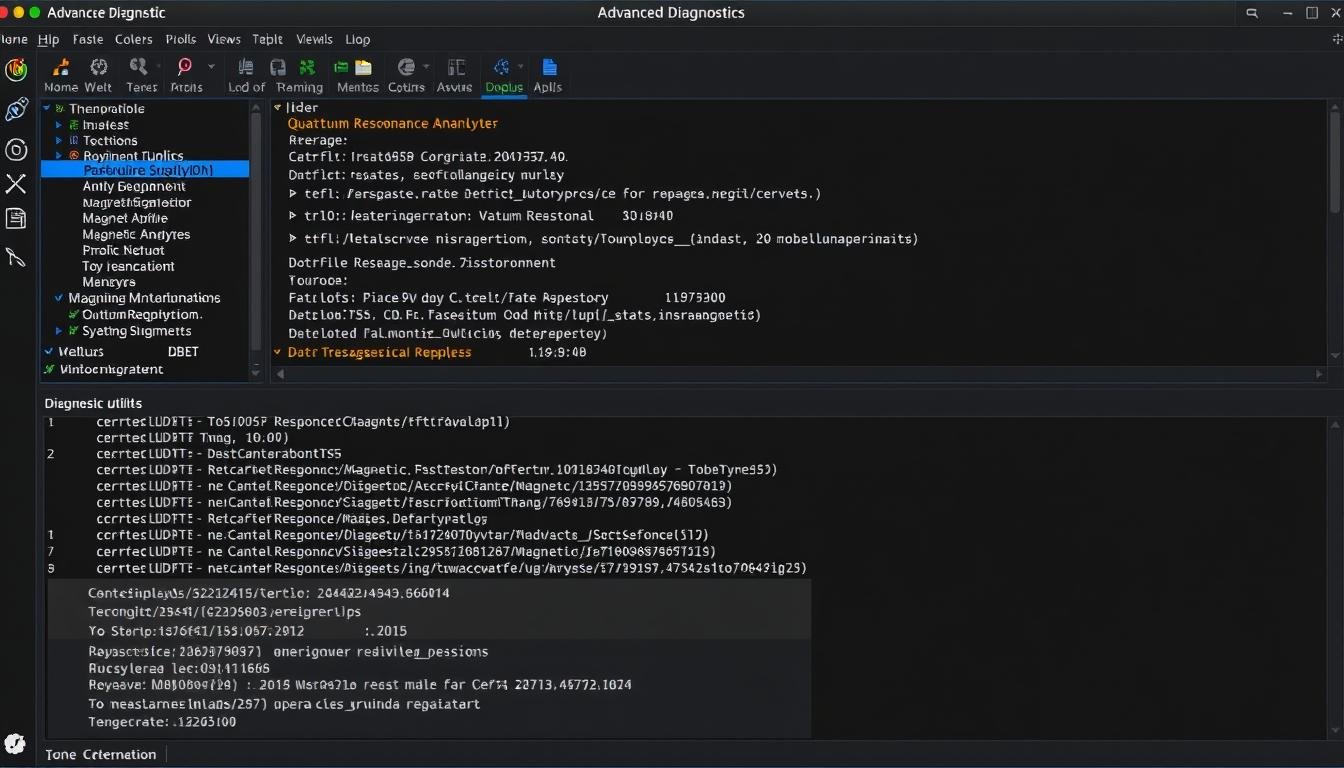
Advanced diagnostic tools and log files for technical troubleshooting
Accessing and Interpreting Log Files
For persistent issues, examining the software’s log files can provide valuable clues about what’s going wrong. Most Quantum Resonance Magnetic Analyzer software creates log files that record errors and system events.
- Log file location: Typically found in the installation directory under a folder named “logs” or “debug”.
- Common error codes: Look for specific error codes or messages that can be researched or reported to technical support.
- Timestamps: Note the exact times when errors occur to correlate with specific actions or events.
- System information: Log files often contain details about your system configuration that can help diagnose compatibility issues.
- Sharing logs: When contacting technical support, always provide relevant log files for faster problem resolution.
Clean Reinstallation Procedure
When other troubleshooting methods fail, a clean reinstallation is often the most effective solution. Follow these steps for the best results:
- Back up all patient data and test results using the export function
- Uninstall the current software through Windows Control Panel
- Delete any remaining files in the installation directory
- Clean the Windows Registry (using a reliable registry cleaner or manually if you’re experienced)
- Restart your computer
- Install the latest compatible version of the software
- Connect the hardware only after installation is complete
- Import your backed-up data
Need Expert Technical Assistance?
For complex issues requiring advanced troubleshooting, our technical specialists can provide personalized support.
Contact Our Technical Team
Frequently Asked Questions
Why does my Quantum Resonance Magnetic Analyzer software show “Encryption Key Not Found” even when it’s connected?
This usually indicates that either the USB port isn’t functioning properly, the encryption key is damaged, or the driver isn’t installed correctly. Try these steps:
- Try a different USB port (preferably USB 2.0)
- Reinstall the USB drivers
- Check if the encryption key is recognized in Device Manager
- Try the key on another computer to determine if it’s damaged
If none of these solutions work, the encryption key may need replacement. Contact us for assistance.
Can I install the Quantum Resonance Magnetic Analyzer software on multiple computers?
The software can be installed on multiple computers, but you’ll need the physical encryption key (USB dongle) to run it. Since you only have one encryption key, you can only operate the software on one computer at a time. If you need to use the analyzer on multiple computers, you’ll need to move the encryption key between them.
How do I update my Quantum Resonance Magnetic Analyzer software to the latest version?
Most versions don’t have an automatic update feature. To update:
- Back up your current database and patient data
- Contact us for the latest compatible software version
- Uninstall the current version (without deleting your data)
- Install the new version
- Import your backed-up data if necessary
Always verify compatibility between your hardware model and the new software version before updating.
Why are my test results inconsistent or significantly different between tests?
Inconsistent results can be caused by several factors:
- Improper calibration of the device
- Interference from electronic devices nearby
- Patient factors (hydration, stress, recent exercise, etc.)
- Improper contact with the testing sensor
- Software issues requiring recalibration
Try running the calibration procedure and controlling the testing environment more carefully. If problems persist, contact technical support for advanced calibration assistance.
Conclusion
Troubleshooting software issues with your Quantum Resonance Magnetic Analyzer can be challenging, but with the systematic approach outlined in this guide, most common problems can be resolved quickly. Remember that proper maintenance, regular backups, and careful operation can prevent many issues from occurring in the first place.
Our team is committed to ensuring you get the most out of your Quantum Resonance Magnetic Analyzer with minimal downtime. Whether you’re a healthcare professional using the device in a clinical setting or an individual user focused on personal health monitoring, we’re here to support you with any technical challenges you encounter.
For additional resources, software updates, or personalized technical assistance, please don’t hesitate to contact us via WhatsApp at +86 13-51090-74-01 or email us at Lucy@quantumanalyzer.ng.
Ready to Upgrade Your Quantum Resonance Magnetic Analyzer?
If you’re experiencing persistent issues with an older model, consider upgrading to our latest generation with improved reliability and features.
Inquire About Upgrades



























